At DXOMARK we test a large number of smartphone cameras every year, covering many brands and models across the spectrum, from budget to high-end. If you want to find out about a specific model’s overall camera performance compared to the competition, you can simply check our DXOMARK Camera ranking. For those who have more specific imaging requirements, it’s best to dive deeper and have a closer look at the sub-scores as well. And that’s exactly what we’ve done in compiling the list below (which we will update on a continuous basis). So without further ado, here are the currently best smartphone cameras, by category:
Best for Photo: Huawei P40 Pro
With a Photo score of 140, the Huawei P40 Pro is currently the top device for still image capture in our database. The score is based on top-level photo performance across all test categories, without any real weaknesses in sight. Images captured on the P40 Pro’s main camera show a very wide dynamic range and class-leading texture/noise balance. This means the Huawei is a great option even in challenging conditions, such as high-contrast scenes or very low light.
The camera’s zoom capabilities are impressive, too, and the 5x tele-camera in combination with the main camera, along with innovative computational methods, achieves outstanding detail and low noise levels across all tested zoom factors. At an equivalent focal length of 18mm, the Huawei’s ultra-wide camera doesn’t let you squeeze quite as much scene into the frame as some rivals, but image quality is excellent, with wide dynamic range, very good detail, and low noise.
In addition, bokeh mode captures natural-looking portrait shots, with good subject isolation, pleasant bokeh shape, and a wide dynamic range; and the autofocus system is one of the best we have seen on a smartphone, performing flawlessly in lab and real-life conditions alike. Overall, the Huawei P40 is currently the device of choice for mobile users with a focus on still photography.
Also consider: Both the Honor 30 Pro+ and Huawei Mate 30 Pro 5G come pretty close to the P40 Pro across a range of test categories, but lag behind a little more noticeably for Zoom and Night photography. Still, both devices are excellent options for mobile photographers.
Best for Video: Huawei P40 Pro
The Huawei P40 Pro isn’t only the best phone we have tested for photo capture, it also tops our ranking for Video with 105 points. Like for stills, the camera does not show any real weaknesses in any of the test categories, and is either the best or among the best in all of them. Video footage shows good exposure and wide dynamic range, with only some minor clipping in challenging high-contrast scenes; and as long as you are not recording under low tungsten light, white balance and color rendering are mostly accurate.
The P40 Pro renders detail pretty well, but we occasionally saw a loss of fine textures. Noise is very well under control in good light, but temporal noise becomes visible under low tungsten illumination. Video autofocus works as well as that for stills, delivering quick and reliable focus with good tracking, and the stabilization system effectively keeps things steady when walking or holding the camera still in your hands, making the P40 Pro a true mobile video powerhouse.
Also consider: Competition at the top of our Video ranking is fierce and the differences between devices are pretty small. Both the Honor 30 Pro+ and the Xiaomi Mi 10 Pro are almost on the same level as the Huawei P40 Pro and are definitely worth a closer look for any budding mobile cinematographers.
Best for Wide: Samsung Galaxy S20 Ultra
At 47 points, the Samsung Galaxy S20 Ultra tops our Wide category, thanks to an ultra-wide camera that delivers excellent exposure and color, as well as very effective geometric distortion correction. Although the specs list a 13mm lens, we measured it closer to 14mm, but even so, the S20 Ultra offers a very wide field of view and allows you to fit more scene into the frame than many competitors. Artifacts commonly associated with ultra-wide shots such as color fringing and ringing are slightly visible, but are not overly problematic. Anamorphosis, or stretching of elements towards the edges of the frame, is sometimes slightly noticeable, but the Samsung controls geometric distortion better than many of its rivals, with straighter lines and less barrel distortion.
On the downside, detail deteriorates noticeably when you zoom in just a little bit, so it’s best to stick with the native focal length when shooting with the Galaxy S20 Ultra’s ultra-wide.
Also consider:
It looks like ultra-wide cameras are a bit of a Samsung specialty, with the Galaxy S20+ and Galaxy Note 10+ 5G following right in the S20 Ultra’s slipstream, offering equally wide fields of view and overall image quality that is not far off the top-ranked device. At 18mm, the Huawei P40 Pro’s ultra-wide camera is noticeably less wide than the Samsung devices. However, it offers the best dynamic range and detail/noise trade-off of all ultra-wide cameras we have tested. So if you can live with the slightly longer lens, the Huawei is a great ultra-wide option, too.
Best for Night: Huawei P40 Pro
The current ne plus ultra for night and low light photography is, again, the Huawei P40 Pro. Its 70-point top score in this category is based on outstanding performance across all sub-tests—flash-on, flash-auto, flash-off, and night mode.
With the flash forced on, images show a very good texture/noise balance, good exposure, and accurate white balance, making the Huawei device a good option for flash portraits in dark settings. Both exposure and white balance are also very consistent across a series of images.
When shooting in flash-auto mode, the flash usually triggers for portraits and images show good exposure and dynamic range. Exposure is not only good on the subject’s face but also for the background, which indicates Huawei might be using a frame-stacking algorithm with flash shots.
With the flash switched off, night shots show accurate exposure and a wide dynamic range, resulting in good highlight detail, even in difficult night cityscapes. In addition, it still renders fine textures nicely in low light and controls image noise very well. When using its dedicated Night mode, the P40 Pro is capable of achieving better exposure and color than most rivals, but there is some room for improvement in terms of texture and noise.
Also consider: Just as ultra-wide angle cameras are a Samsung domain, Huawei is currently ahead of the pack in terms of low-light performance. In our ranking, the P40 Pro is followed by two models from Huawei’s sister brand Honor, the V30 Pro and 30 Pro+. Both come pretty close to the Huawei flagship but cannot quite match it, with the P40 Pro maintaining a small advantage in all sub-tests.
Best for Zoom: Huawei P40 Pro
Camera-wise, the Huawei P40 Pro is a step ahead of its rivals, and that’s particularly clear for the Zoom category, where the Huawei flagship blows the rest of the competition out of the water, thanks to a 5x optical tele-lens and improved processing and software over last year’s P30 Pro.
When zooming, the Huawei camera is capable of recording higher levels of detail than competing devices at all zoom ranges while keeping image noise well under control. The advantage is most visible at longer zoom distances, where the Huawei camera manages to maintain good detail on fine textures, while most rivals show a strong loss of detail. In medium-range shots, the Huawei also records excellent detail at the center of the frame, but there is a noticeable loss of detail towards the edges, caused by the image fusion algorithm. Overall, there is no way past the Huawei P40 Pro, though, if you frequently rely on your smartphone’s zoom function.
Also consider: The Xiaomi Mi 10 Pro comes with not one but two tele-lenses for optimized image quality across the zoom range. This allows for excellent zoom results that come pretty close to the P40 Pro’s, especially at medium range.
Best for Bokeh: Samsung Galaxy Note 10+ 5G
Samsung devices have always been a great option for shooting portraits with a background-blurring simulated bokeh effect, and the current top-ranked device for this category, the Samsung Galaxy Note 10 5G, is no different. Bokeh results are outstanding, with excellent subject isolation, spotlight rendering, and blur gradient. Texture on faces is particularly good. Noise is also well controlled, giving the Samsung an advantage over the competition for indoor bokeh shots.
In addition, HDR processing in bokeh mode works very well in high-contrast scenes, maintaining good brightness on faces when the background is much brighter. Spotlights in the background have a good shape and contrast, too.
As on pretty much all devices, depth estimation isn’t perfect, with some slight masking errors and artifacts occasionally visible, but the depth-of-field effect is consistently applied to both portraits and static objects. The overall effect is pleasant and blur transitions look natural, with objects both in front and behind the subject blurred.
The only downside to the Note 10+ 5G’s bokeh simulation is a slight lack of contrast that can make images look a little flat in the shadows, but overall, the Note 10+ 5G is the device to beat in the Bokeh category.
Also consider: Both the Honor V30 Pro and Samsung’s new flagship, the Galaxy S20 Ultra, are very close to the Note 10+ 5G in terms of bokeh performance and worth a closer look if shooting portraits with your smartphone camera is high up on your list of priorities.


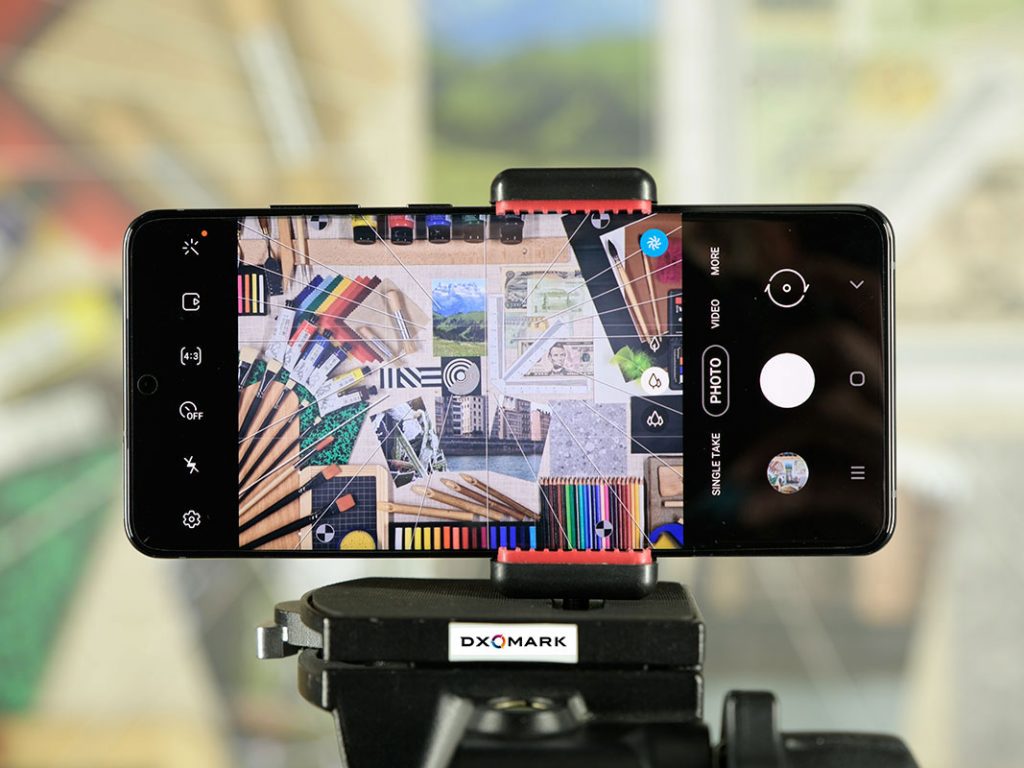
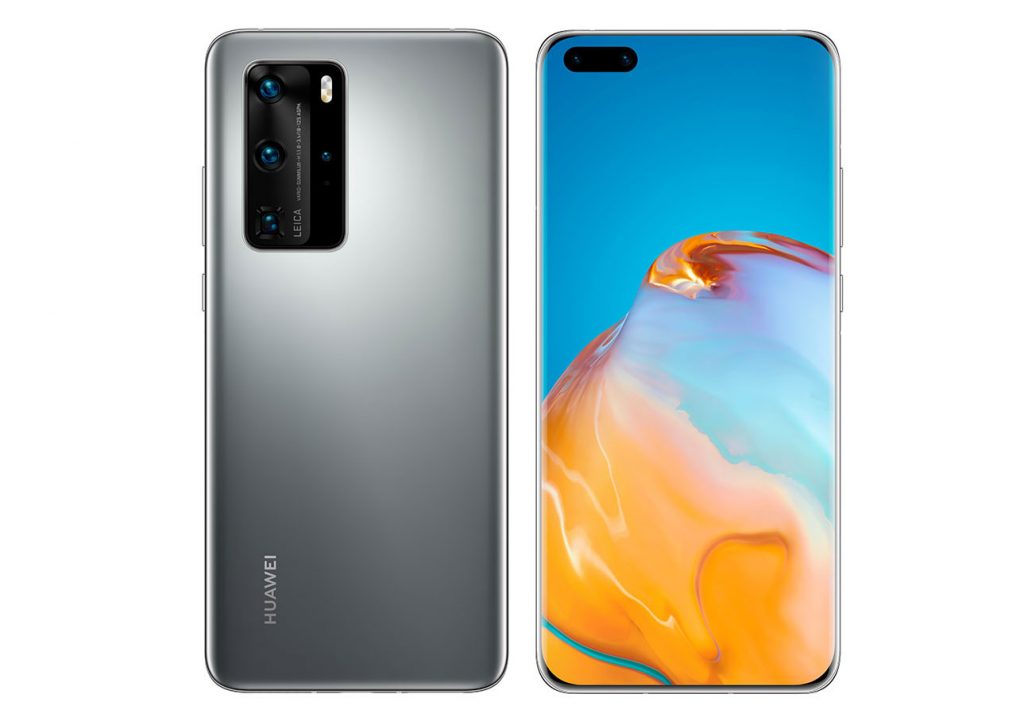
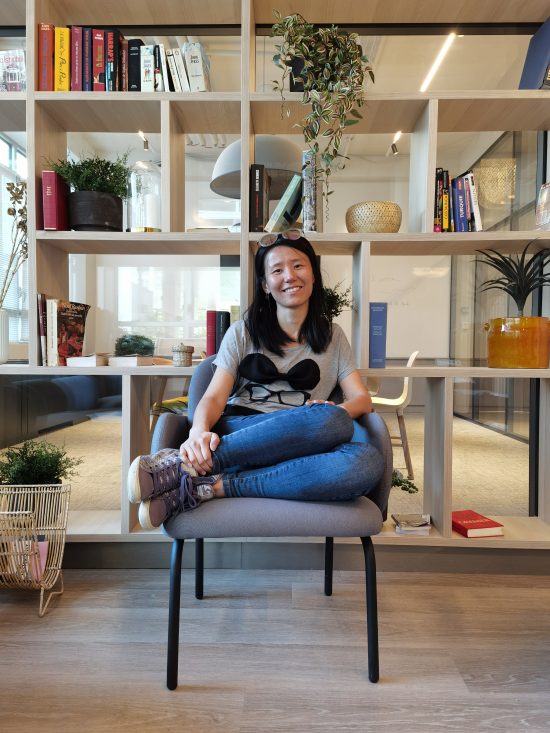
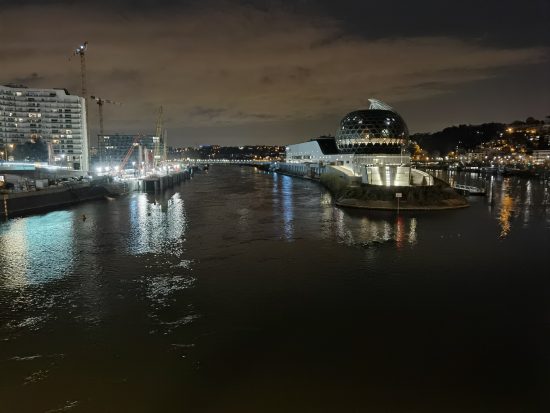

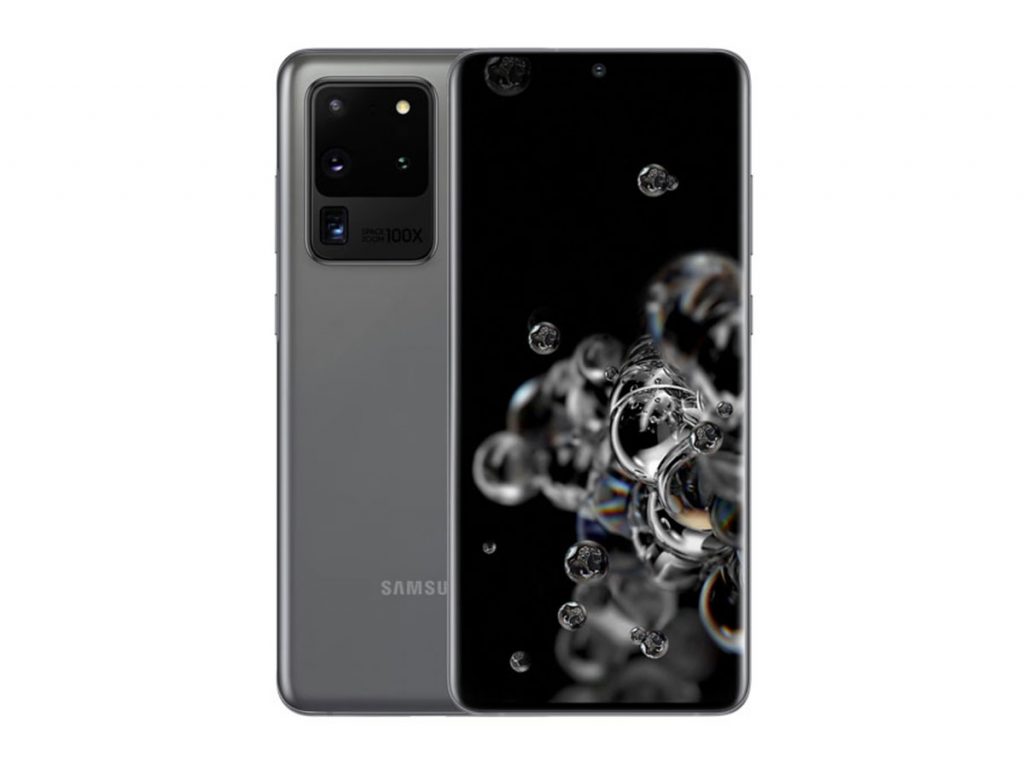
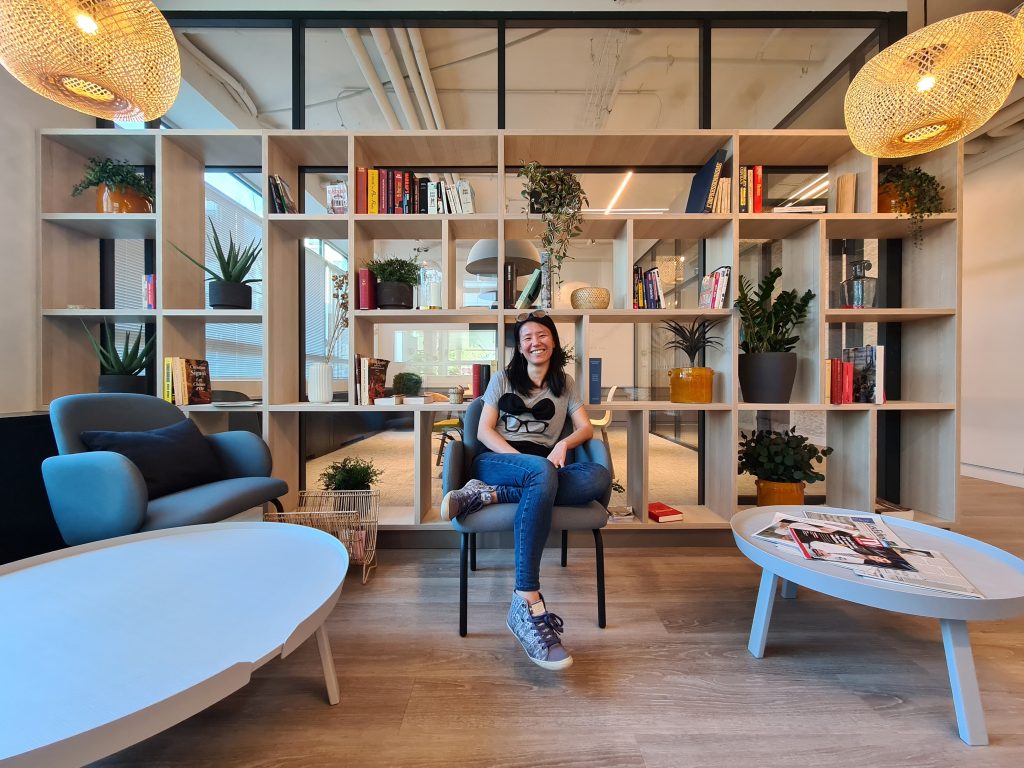
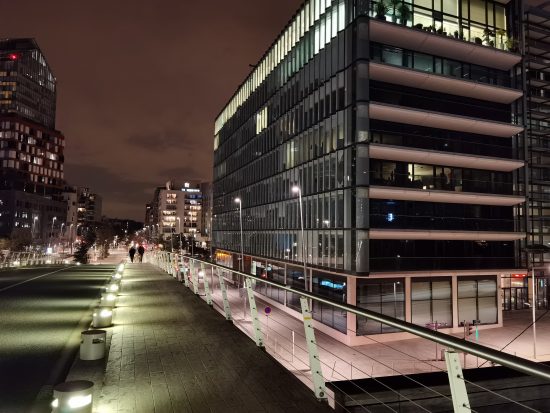
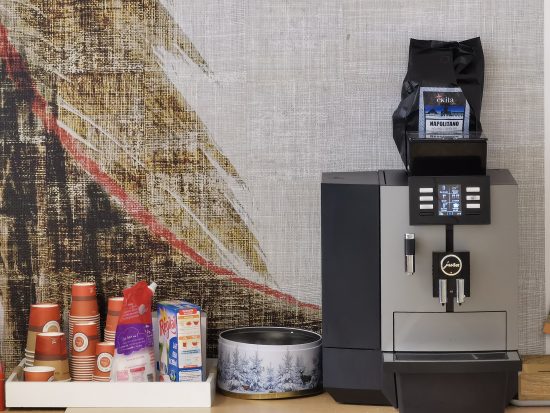
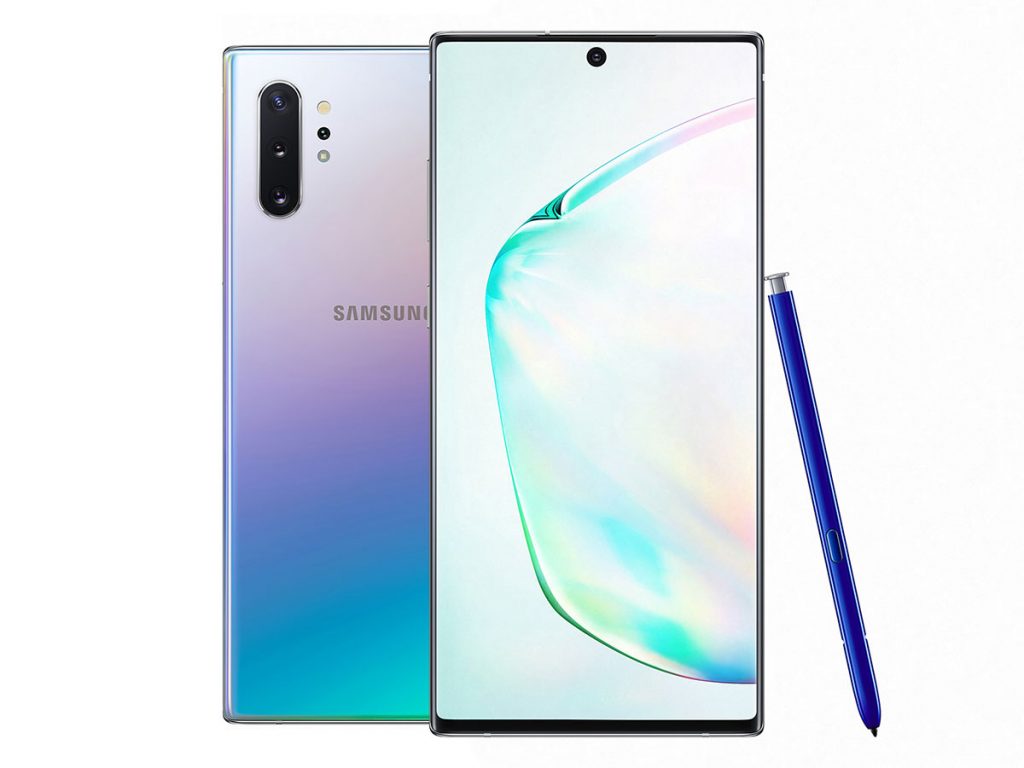
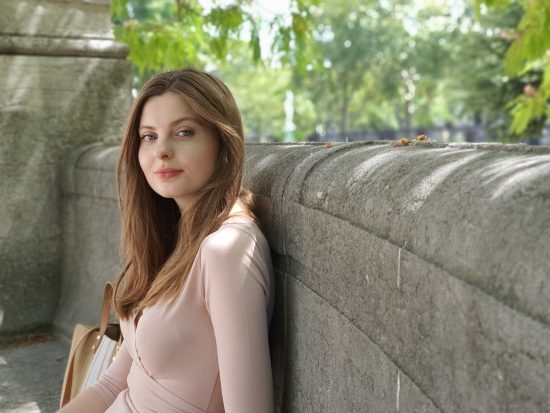

DXOMARK encourages its readers to share comments on the articles. To read or post comments, Disqus cookies are required. Change your Cookies Preferences and read more about our Comment Policy.